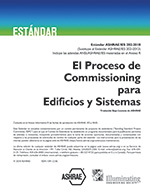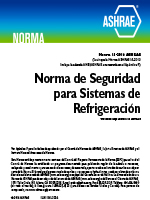Description
The effect of using a phase change material (PCM) cooling vest by a worker performing moderate activity in a hot environment is studied through the use of a validated integrated fabric-PCM and bio-heat model. The integrated model takes into consideration both the effect of hot environment on the metabolic rate and heart rate and the effect of the carried PCM weight on the metabolism. Since condensation could happen in the cooling vest if the PCM surface temperature reaches values less than the dew point temperature of the microclimate air, the effect of the added heat due to condensation if it happens is also considered in the integrated model.
The integrated fabric-PCM and bio-heat model is used to predict thermal sensation and comfort based on human physiology of worker at moderate activity wearing a PCM cooling vest in an environment at 40 °C and 40 % relative humidity for a period of 45 minutes. The cooling vest has 20 PCM packets, where ten packets are distributed on the back torso segment, six on the abdomen and four on the chest. Core and mean skin temperatures, sweat rate and overall thermal comfort and sensation are compared when wearing and not wearing the vest. Results show that wearing a PCM cooling vest improves thermal comfort and sensation in hot conditions which enables to extending the working period up to two hours without causing thermal stress and hence improve productivity.
Keywords: Bio-heat modeling in hot environments; heat and moisture transport in clothing; cooling vest; phase change material; overall sensation and comfort
Citation: Second International Conference on Energy and Indoor Environment for Hot Climates, Doha, Qatar, February 2017
Product Details
- Published:
- 2017
- Number of Pages:
- 8
- Units of Measure:
- Dual
- File Size:
- 1 file , 1.5 MB
- Product Code(s):
- D-HCC17-29




